“Electric power good, internal combustion bad” seems to be the popular thinking now, but electricity alone is very far from ideal. Can carbon-neutral synthetic fuels be the realistic solution the worl
Headlines all around the world have put the writing on the wall: in the UK (Sale of new petrol and diesel cars to be banned from 2030), USA (California to Ban Sales of New Gas-Powered Cars Starting in 2035), and closer to home (Singapore aims to phase out petrol and diesel vehicles by 2040). These places and more have made it clear that internal combustion will have no future at all in just a couple of decades’ time.
But is that scientifically the way to go? Are such measures even technically feasible in the first place?
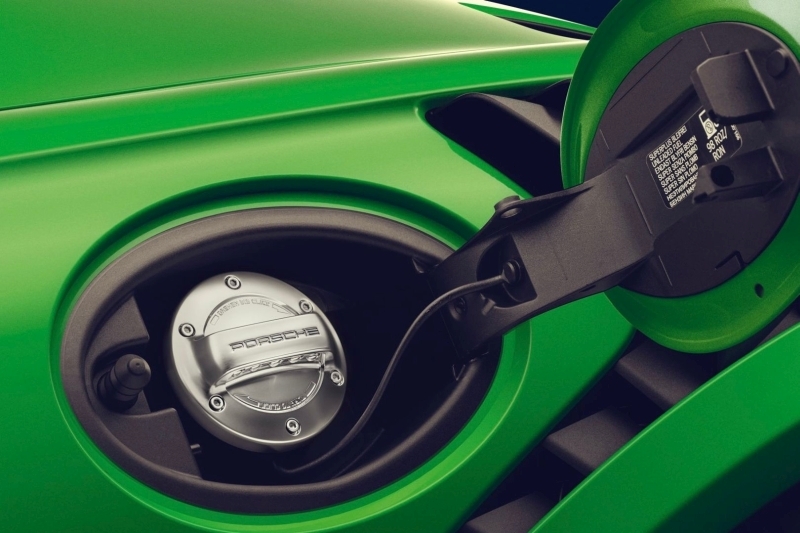
Where the electric dream short-circuits
I’m no scientist myself
Flaws include its low energy density (by weight/volume), making the technology unsuitable for most heavy duty transport applications. Lorries, planes and ships would require such large battery packs that they’d be essentially useless at hauling cargo.
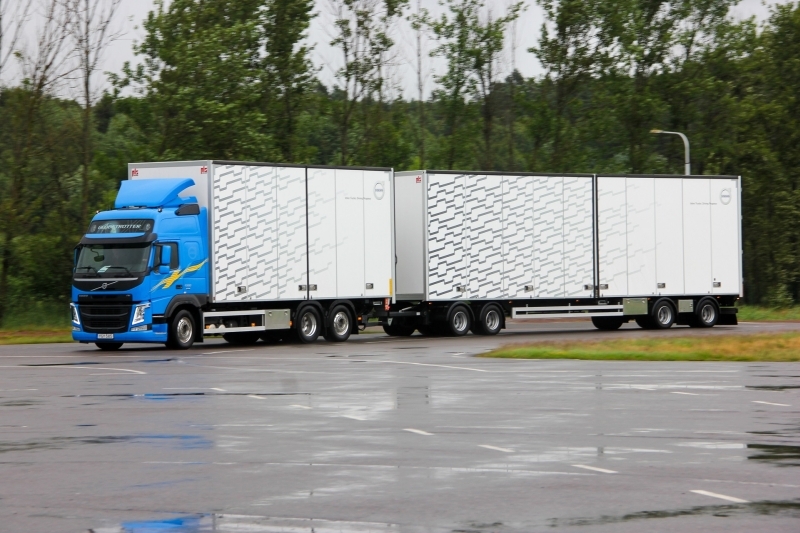
Also, if carbon neutrality is the main focus, then the issue of how cleanly that electricity was produced still remains. Remember, an electric car can’t be considered zero-emissions if the electricity that juices it up wasn’t made with renewable sources.
Furthermore, the lithium-ion batteries in EVs make them up to 70% more pollutive (in terms of greenhouse gases) to manufacture alone compared to a conventional car, never mind the other environmental impacts from mining the rare minerals required.
The biggest concerns though, especially to most ordinary folk, are the day to day challenges posed by EVs: If I live in an apartment, or out in the sticks, how do I charge it? How’s the charging network if I need to make a long journey? And why should I be forced to scrap my perfectly functioning current car and fork out thousands of dollars for a new electric one?
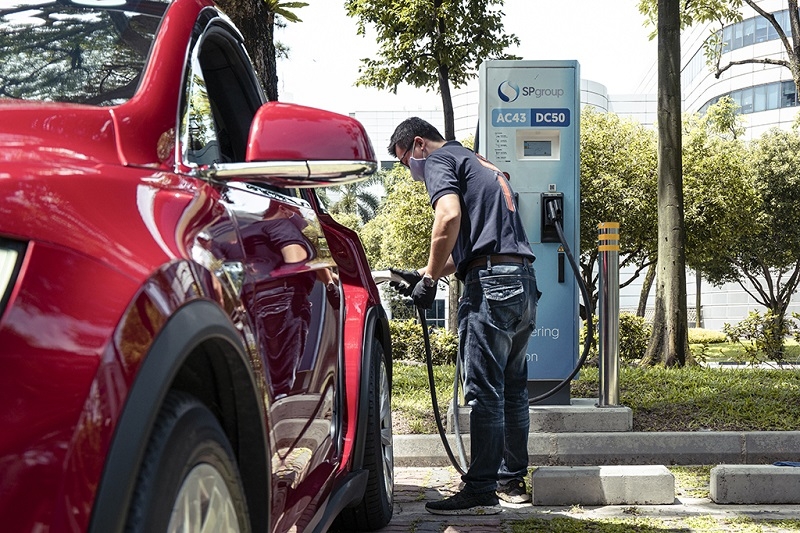
Clearly, widespread electrification isn’t going to happen overnight. Even in countries pushing hard for it, internal combustion engines will still be a significant part of the vehicle population for decades to come. And yet, climate change isn’t going to wait for automotive technology and consumer behaviour to catch up. But if large scale electrification can’t happen soon enough, is there a way to make existing cars cleaner?
It’s early days yet, but it appears that, yes, there is: synthetic fuels.
What are synthetic fuels?
Synthetic fuels, synth fuels, eFuels — these are all different names for the same thing, a carbon-neutral substitute for fossil fuels. This topic came into the spotlight earlier this year, when Porsche announced its partnership with Siemens and other companies to set up the world’s first industrial-scale plant for making eFuels. Automotive suppliers and energy companies such as Bosch and Shell have also been working on similar projects for a few years now.

At their core, synth fuels — be it petrol, diesel, or kerosene — are chemically similar to those same fuels derived from crude oil; they’re mostly made up of hydrocarbons, which is required in the combustion process.
They have a similar volume and energy density as regular fuels, allowing today’s combustion engines to run on them without any modifications at all. These fuels can also be easily distributed via the existing network of petrol stations around the world, negating the need for costly infrastructure to deliver the fuel to consumers.

Carbon dioxide is an unavoidable by-product of combustion. The main problem with fossil fuels is that when we burn them for our vehicles, we’re extracting carbon from deep within the ground and releasing it into the atmosphere, thus contributing to greenhouse gases. Synth fuels on the other hand, are sustainable, because its carbon is extracted from (literally) thin air.
Without delving into an extensive science lesson (remember: C6 O-level chem), carbon dioxide is extracted from the atmosphere using fans and filters, and hydrogen is extracted from water via electrolysis. Combine the two and you get methanol, which can be further refined into synthetic petrol, ready and raring to go in our cars.
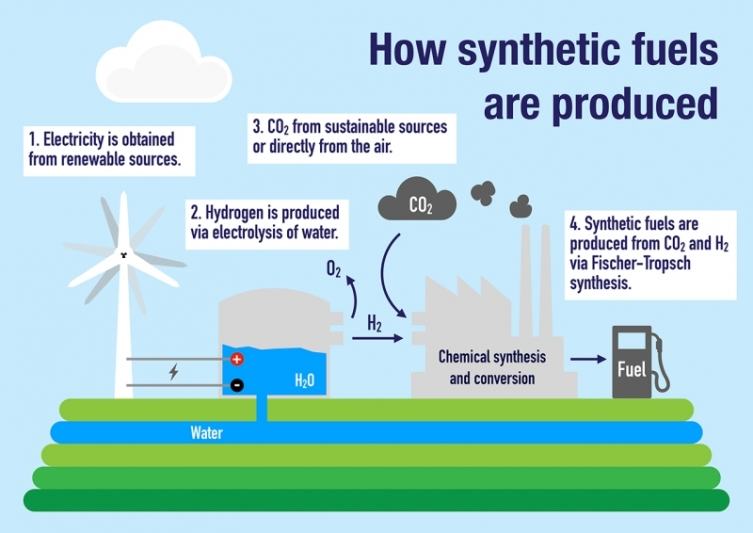
And, because the hydrocarbons being combusted here originally came from the atmosphere, cars running on synth fuels put out no more emissions than they took in, making them carbon-neutral.
Sounds miraculous! What’s the catch?
Well, if making synth fuels was that easy, we’d have been doing it on a much larger scale for a long time now.
There are two primary downsides to synth fuels. Firstly, is the difficulty of making them. The several steps of electrolysis and other processes involved in their creation takes up an immense amount of electricity; more energy is put into the production of synth fuels than there is in the liquid that comes out the other end.
As such, synth fuel production is only viable in places where there’s cheap, abundant, green energy, which is why Porsche and Siemens are setting up their plant in Chile, along with a wind farm to supply the electricity:
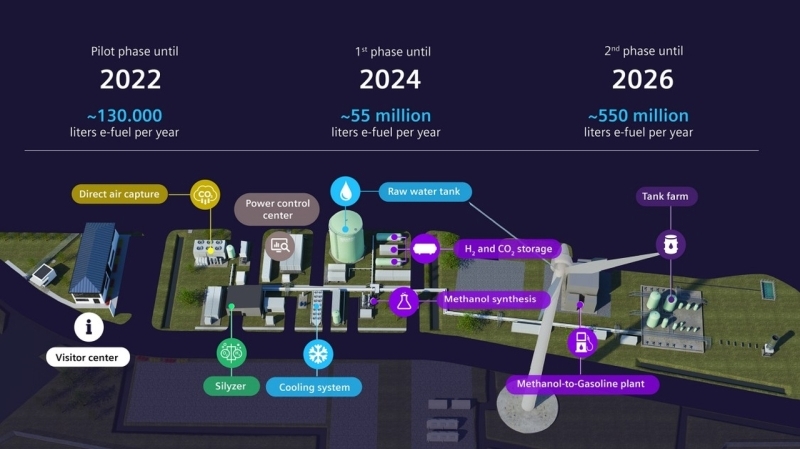
Since synth fuel production is limited by geography, further monetary and environmental costs will be incurred shipping it to wherever it needs to go.
Secondly, along with complexity comes cost: in an interview with Hagerty Media, Porsche CEO Oliver Bulme disclosed that their fuel would still cost more than US$10 per litre at the moment. And you thought petrol climbing above S$3/litre in Singapore was bad…
Then again, solar farms, wind farms, and even electric cars were also prohibitively expensive at one point, so hopefully as interest in synthetic fuels gains momentum and more companies come on board (McLaren, Audi, Bentley, Ferrari and Aston Martin, to name a few), costs can eventually come down to more attainable levels.
The wider picture
The biggest question that everyone needs to ask themselves is this: what is their priority? Cleaner air in urban areas for its citizens? Or doing their part to reduce greenhouse gases in the planet as a whole? And how much money are they willing to lose or spend to achieve those goals?
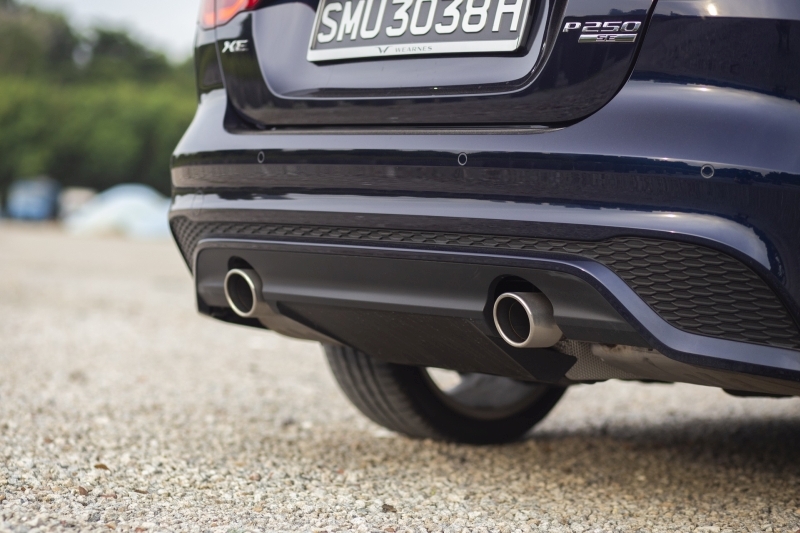
If reducing pollutants in urban areas is most important because of health reasons, then electric (or hydrogen, but that’s a topic for another article) vehicles are the way to go, due to their complete lack of tailpipe emissions. Beware the more urgent need to set up a convenient and extensive charging network though, and risk further disadvantaging those whose socioeconomic status precludes them from EV ownership.
If climate change is the priority however, then a more holistic approach is required. Remember, it requires more resources to scrap an older car and then replace it with a new, cleaner one, than to simply keep the old car on the road. Add in the greater impact of making an electric car compared to a conventionally-powered one, and that tips the balance even more. And if the electricity powering the electric car is generated from fossil fuels… Well, you get the picture.
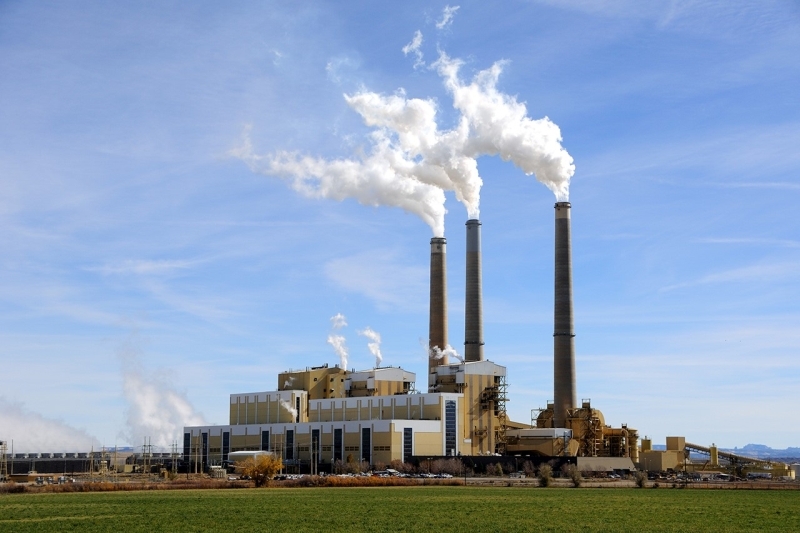
Infancy of the technology notwithstanding, synthetic fuels appear to tick a lot of the boxes that electricity can’t cover. It’s more affordable, it requires no special infrastructure, it’s more efficient as an energy carrier because it requires less space to contain the same amount of energy (although battery tech is improving too), it offers a clean solution to transport sectors which are incompatible with electrification, it prolongs the life of the millions of vehicles that have already been produced and are on the roads, and finally it has the potential, depending on how it’s produced, to close the gap between EVs and ICE vehicles on cleanliness over their entire lifecycles.
Final thoughts
Increased electrification of the cars yet to be made needs to happen, undoubtedly. They are cleaner over their entire lifespan than our current fossil fuel-powered fleet, and their lack of tailpipe air and noise pollution brings immeasurable health and quality-of-life benefits.
But if there’s a way to clean up the act of the cars already made, well, surely that can’t be a bad thing, right? It’s unrealistic to think that people everywhere will get rid of their old cars and switch over to EVs en masse, and the CO2-based benefits of that will only happen after that switch, and after tens of thousands of kilometres of usage anyway.
Get the usage of synthetic fuels underway and we’ll be seeing benefits from everything that makes use of tiny controlled explosions inside an engine to keep people and the world moving.
